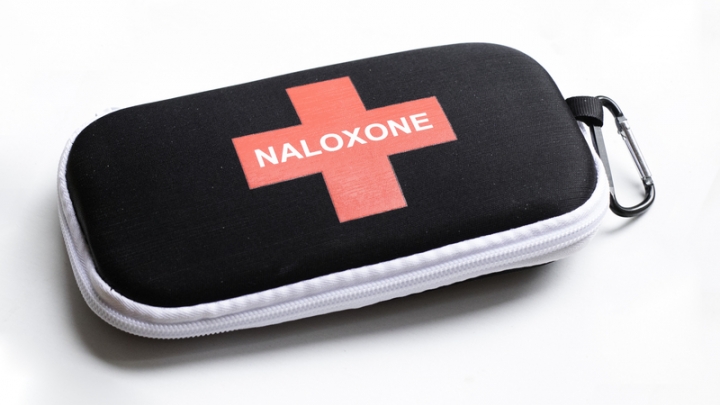(RxWiki News) The US Food and Drug Administration (FDA) has issued a drug safety communication for opioids and medications used to treat opioid use disorder.
This safety alert calls for the prescribing of naloxone, an emergency treatment for an opioid overdose, to help reduce opioid overdoses and deaths.
Opioids (strong pain killers) not only are prescribed to manage pain but can also be prescribed to treat opioid use disorder (OUD).
The problem? Opioids come with serious risks, including misuse and abuse, addiction, overdose and even death.
Naloxone can be given by individuals with or without medical training to help reduce opioid overdoses and deaths.
When given soon enough, naloxone blocks the effects of opioids and can reverse breathing problems tied to opioid overdoses. As a result, naloxone can help prevent death.
The safety alert recommended that health care providers:
- Discuss the availability of naloxone with those who are prescribed opioid pain relievers and with those who are prescribed medicines to treat OUD (when beginning and renewing treatment).
- Consider prescribing naloxone to both of these groups — especially for those who face increased risk of an opioid overdose.
- For those taking methadone and buprenorphine products, health care providers should consider prescribing naloxone for the households where there may be an accidental ingestion or opioid overdose (households with children, for example).
- Consider prescribing naloxone for those with a current or past diagnosis of OUD or those who have experienced a previous opioid overdose.
To help health care providers ensure they discuss the availability of naloxone and assess the need for naloxone, the FDA is requiring the makers of opioid pain relievers and medicines to treat OUD to include this naloxone recommendation with their prescribing information.
The FDA recommended that patients do the following:
- If you are taking an opioid or a medicine to treat OUD, speak with your health care provider about the benefits of naloxone and how you can get access to naloxone. If you face an increased risk of an opioid overdose, have a current or past diagnosis of OUD or have experienced a previous opioid overdose, ask your health care provider about naloxone.
- Ask your health care provider to explain how to administer naloxone correctly.
- Know the the signs and symptoms of a possible opioid overdose. These may include slow, shallow or difficult breathing, severe sleepiness and unresponsiveness.
If you have access to naloxone and you know or believe someone is overdosing, administer naloxone and call 911 or go to an emergency room right away. It is important to note that multiple doses of naloxone may be needed and naloxone is a temporary treatment, so getting emergency medical help is critical even if naloxone was already administered.
If you have been prescribed naloxone, the FDA recommended that you explain to your household members where naloxone is kept and how to administer it in the event of an overdose.
Speak with your health care provider if you have any questions.







